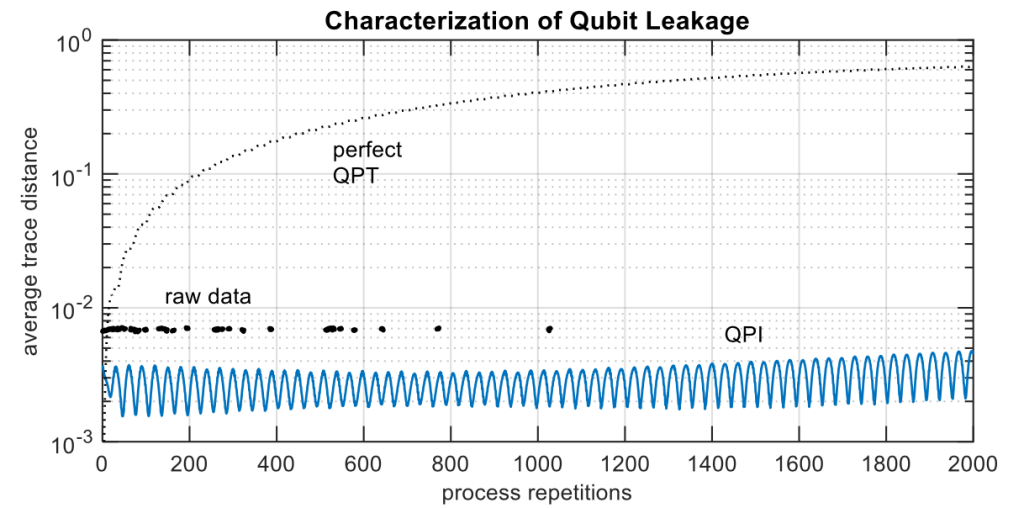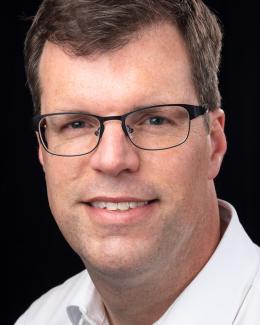
The Science/Achievement: Ryan Bennink and Pavel Lougovski, senior quantum computing researchers at Oak Ridge National Laboratory (ORNL), have developed a more accurate way to characterize the behavior of qubits in quantum computing devices. In this method, a quantum process of interest (such as a basic computational operation) is characterized by probing the qubit state at selected times for a variety of input states. Bennink and Lougovski showed how to process such time-series data to infer a dynamical model involving the qubit and its effective environment. Simulations show that this method is capable of accurately characterizing qubit behavior over long time scales due to realistic device imperfections such as qubit leakage, control drift, and persistent interactions with material impurities.
Significance and Impact: Prior qubit characterization methods have ignored the effect of environment memory. This leads to inaccurate predictions of qubit errors over long time scales. Our team advanced the state-of-the art by developing a characterization method free of this unrealistic assumption. Our characterization method is capable of yielding more accurate models of qubit error processes, paving the way for a more accurate performance assessments of near-term quantum computing devices, as well as enabling better error mitigation techniques based on more complete models of error processes.
Research Details
- The work presents a formalism for representing and a method of empirically characterizing arbitrary quantum dynamics, in particular open quantum systems with non-Markovian dynamics.
- Data collection consists of performing quantum process tomography for various durations of the process.
- The data is arranged into a large matrix with block-Hankel structure. The effective dynamical dimension of the process is estimated using a chi-square test on the singular values of the matrix.
- A dynamical map representing the process is obtained by maximizing the model likelihood. A variety of techniques are employed to robustly solve this exceedingly nonlinear and non-convex constrained optimization problem:
- The likelihood is approximated as a weighted sum of squared errors.
- The core optimization kernel consists of Gauss-Newton steps with line search.
- Constraints are enforced via penalty functions with dynamically adapted weights.
- Progressive optimization avoids local optima by starting with coarse-level data and gradually incorporating fine-level data as the fit improves.
- The method was validated via numerical simulation for several realistic types of qubit error processes including leakage between computational and non-computational states, control drift, and coupling to material impurities.
- Our method is based on a classic systems engineering technique for linear filter realization.
Funding/Sponsor: This research was sponsored by the Laboratory Directed Research and Development Program of Oak Ridge National Laboratory, managed by UT-Battelle, LLC, for the U. S. Department of Energy.
PI and affiliation: Ryan Bennink, Quantum Information Science Group (ORNL).
Team: Ryan Bennink and Pavel Lougovski (ORNL)
Publication/Citation and DOI:
Ryan S. Bennink and Pavel Lougovski, “Quantum process identification: a method for characterizing non-Markovian quantum dynamics.” New J. Phys. 21 083013 (2019). https://dx.doi.org/10.1088/1367-2630/ab3598


